By: Chuck Frey (Guest Blogger)
Join us for our upcoming webinar with Chuck Frey on August 7th, titled “How to Hold a Successful Strategic Planning Session”. Register today!

If you’re looking for a Swiss Army knife that can supercharge your visual strategic planning, look no further than MindManager 2018. It contains 14 templates that can help you analyze your organization’s current situation and business environment – and develop plans to leverage its future opportunities.
These “starter maps” make excellent use of MindManager’s traditional mapping tools as well as its new digital architect – a set of tools that enable you to add shapes, dividers, images and text boxes wherever you want them within the MindManager work space. It enables you to create diagrams and frameworks that are non-editable, to which you can add topics, images and other elements that are editable. This opens up a wealth of new opportunities to create new types of diagrams and frameworks within MindManager.
Let’s take a closer look at the MindManager 2018 strategic planning tool kit, and what you can do with these templates.
Business Model Canvas
A business model canvas is a strategic management template for developing new business models or documenting existing ones. It contains elements for describing a firm’s or a product’s value proposition, infrastructure, customers and finances. It helps senior management teams to understand how these elements relate to each other and how to manage potential trade-offs.
The MindManager template utilizes the digital architect to closely follow the format of this popular visual business planning tool.
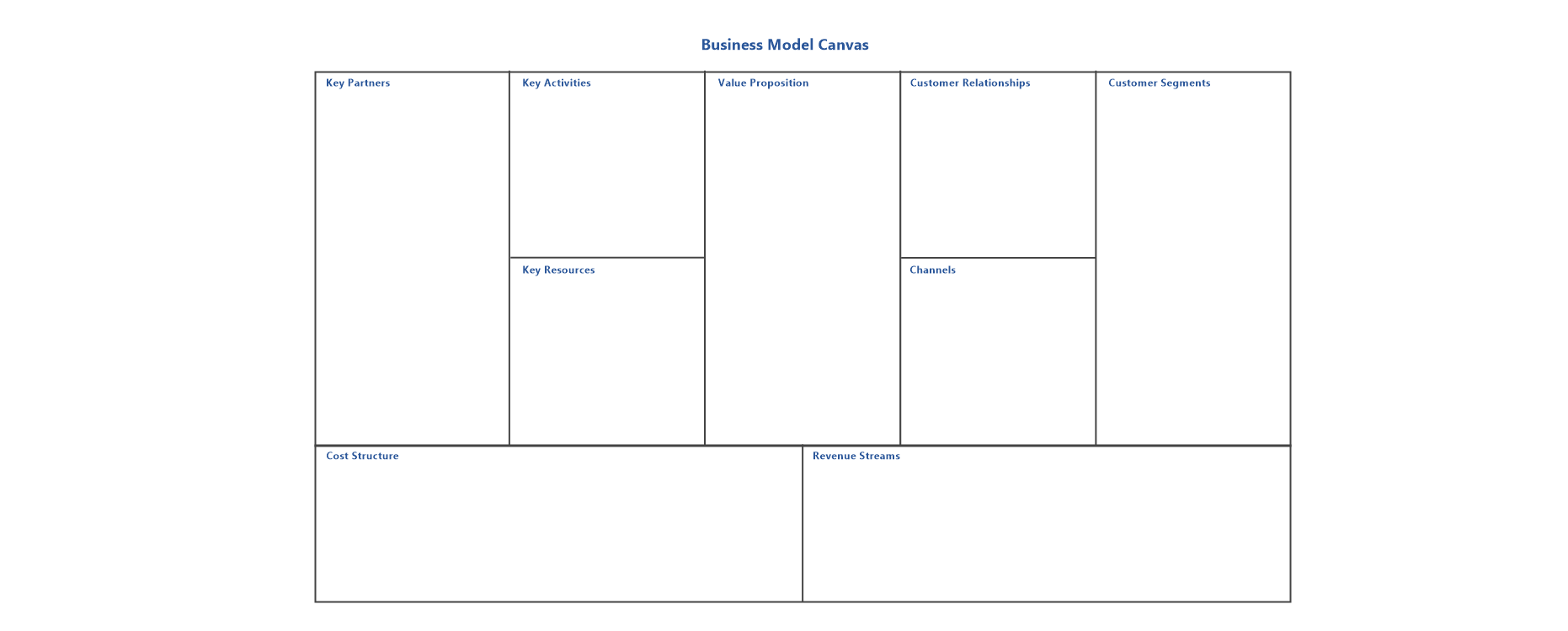
Business Plan
A business plan states an organization’s objectives and outlines its plans for attaining them. Externally focused plans target goals that are important to external stakeholders, especially financial stakeholders. They often contain detailed information about the organization or team attempting to reach the goals. Internal business plans may be focused on development of a new product or service, or restructuring of the organization.
The MindManager template includes sections for your business plan research, business objectives and a detailed project plan, which includes defining the business opportunity, developing a detailed business plan and steps for executing the plan.
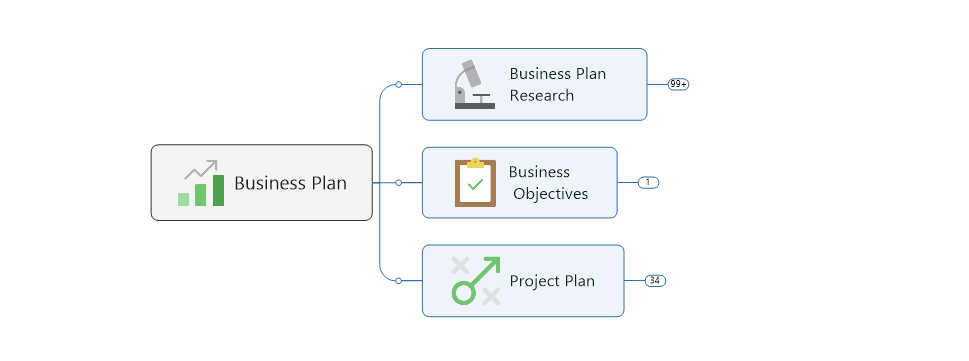
Cost-Benefit Analysis (simple and detailed templates)
A cost-benefit analysis is a systematic method of estimating the investment required to implement a specific course of action it versus the benefits the business will realize by doing so. It enables teams to compare alternative strategies side-by-side to determine which one offers the most attractive balance of investment and outcome. It enables teams to determine whether a decision’s benefits outweigh its costs, and, if so, by how much.
The MindManager template contains sections for five types of costs, plus tangible and intangible benefits. It makes use of the program’s calculation capabilities to roll up the costs and the value of the benefits of a single strategy.
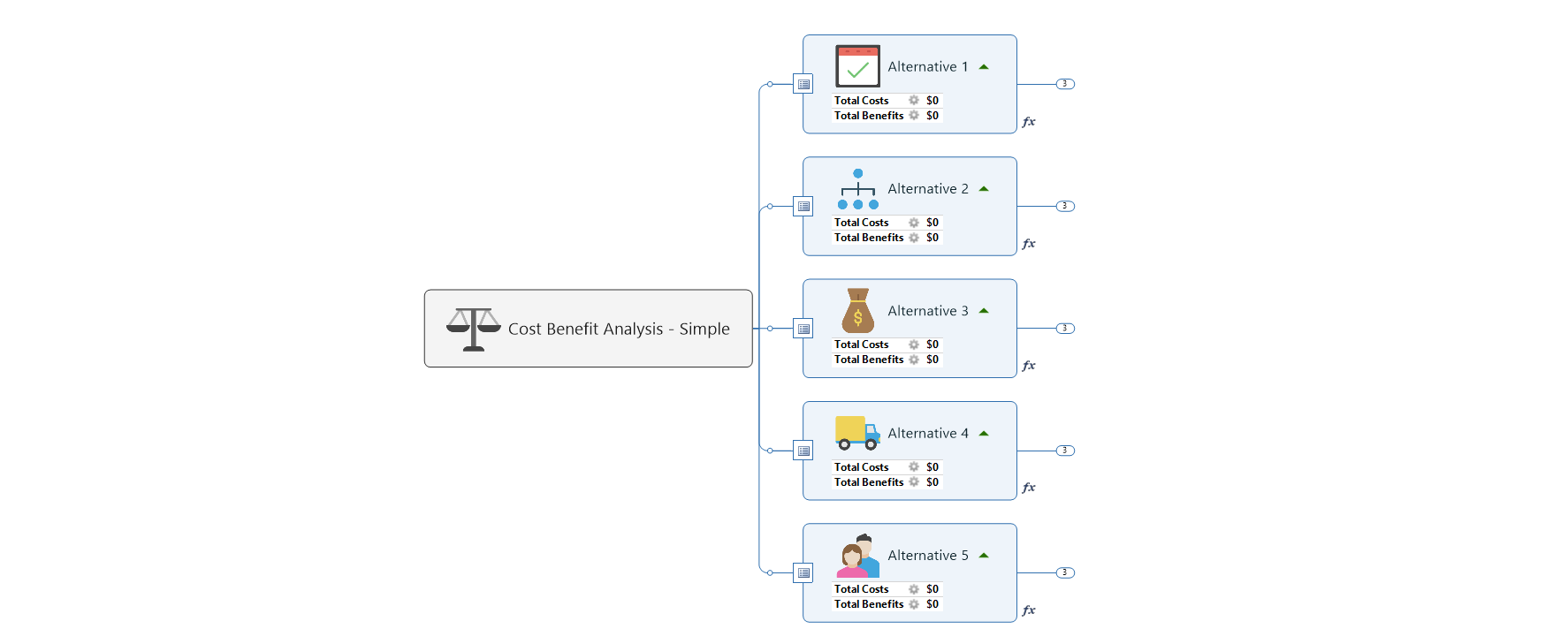
DESTEP Analysis
The DESTEP analysis enables organizations to explore and better understand the macroeconomic factors that affect it. The name of this strategic thinking technique is an acronym that stands for: Demographic, Economic, Social, Technological, Ecological and Political. Some of these factors are tangible, such as economic policies and exchange rates, while others are more intangible and subjective, such as cultural values and lifestyle. Its purpose is to help clarify how an organization can best manage these factors and how to adjust its strategy for best results.
The MindManager template contains topics for each of the 6 elements, plus numerous sub-elements within each section to help you get started with your own DESTEP analysis.
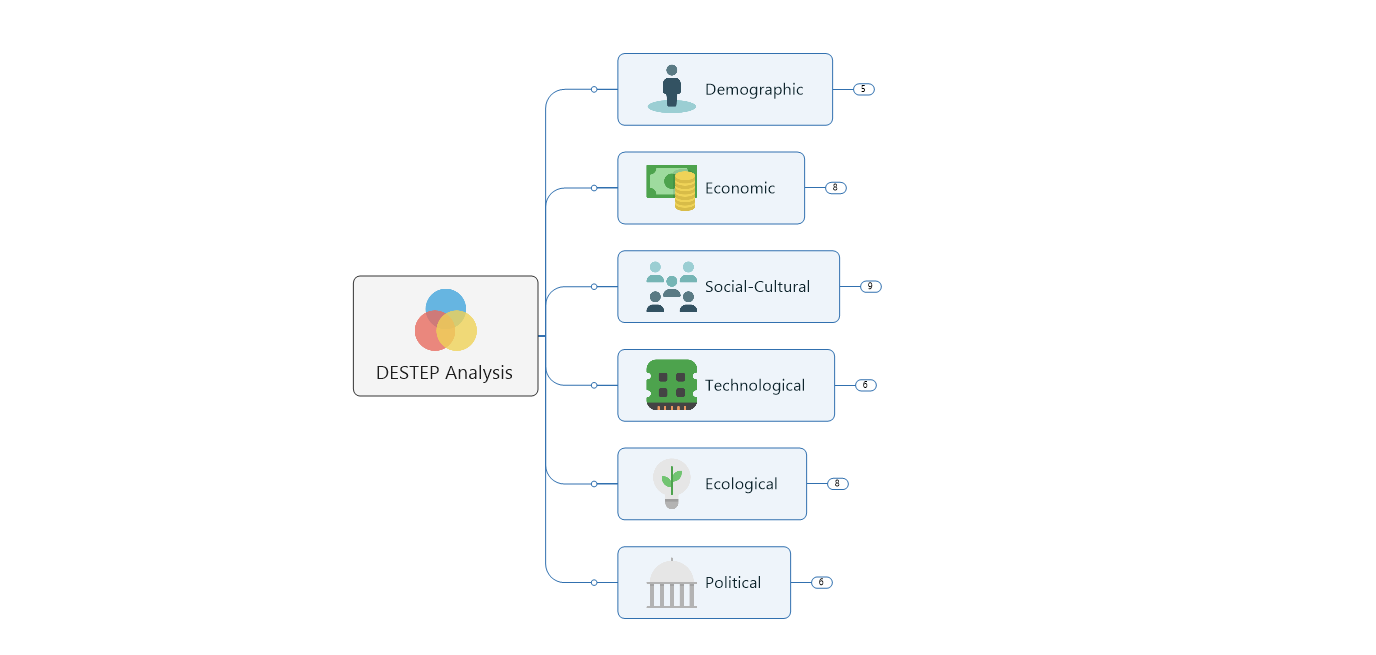
Five Forces Analysis
Porter’s Five Forces Framework is a framework for analyzing the competitive factors that affect a business’ ability to serve its customers and make a profit. It draws from industrial organization (IO) economics to describe five forces that determine the competitive intensity of an industry. That, in turn helps teams better understand its potential attractiveness and profitability. It is named after its originator, Michael Porter of Harvard University. In his understanding of competition, two types of factors can affect the profitability of a business: horizontal forces – the threat of substitute products or services, the threat of established rivals and the threat of new entrants – and vertical “competitors” – the bargaining power of suppliers and the bargaining power of customers.
The MindManager template divides these forces into horizontal and vertical competition topics, with the threats described beneath them and sub-topics you can use as idea starters to develop your own analysis of the forces affecting your business.

Matrix – Risk-Reward
The risk-reward matrix enables you to plot the relative risk/reward trade-offs for multiple strategies. The goal, of course, is to select the one with the highest probability of reward and the lowest corresponding level of risk. This four-quadrant chart enables you to take more intelligent risks, while at the same time cutting your potential losses.
The MindManager template was built using the program’s new digital architect. You can easily position each of your potential strategies as floating topics within the appropriate areas of the grid. What’s marvelous is that you can still utilize all of MindManager’s powers – so, for example, you could post one potential strategy on the matrix, and then create a link to a separate mind map that lays out your entire proposed plan for it. Or you could use notes or a document attachment to accomplish the same thing!
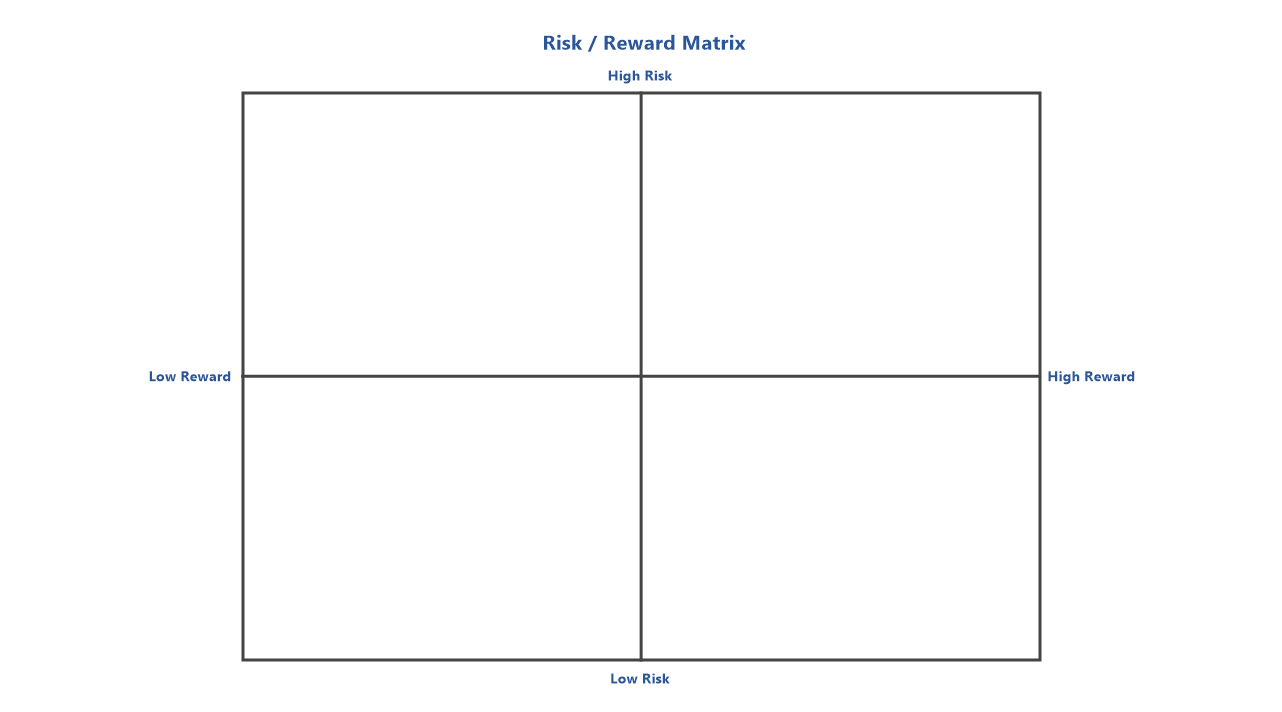
Matrix – SWOT Analysis
SWOT is a strategic planning technique you can use to identify your personal or organizational Strengths, Weaknesses, Opportunities and Threats. It’s a great visual technique to help you identify areas where you need to fix weaknesses and vulnerabilities, as well as identify and strengthen your competitive advantages.
The MindManager template is a colorful one, with each quadrant a different color and icons corresponding to what’s going on within them. For example, an internal weakness is denoted with a caution sign, while an external threat is characterized by a black barrel with a radioactive label on it.
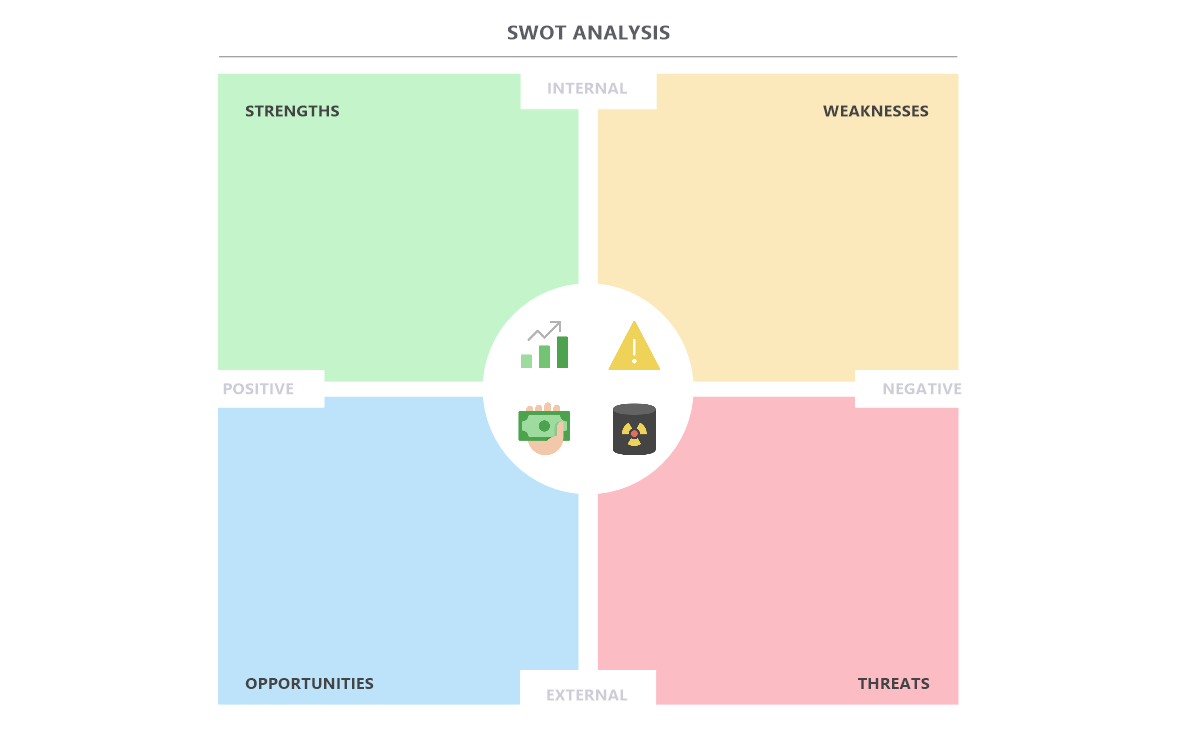
Matrix – Urgency-Importance
Often referred to as the Eisenhower Decision Matrix, this four-quadrant strategic planning diagram helps you to identify the tasks and activities you should focus on and which you should delegate or ignore. President Eisenhower reportedly used this thinking technique to organize his life. Steven Covey accelerated its popularity by making it the centerpiece of his Seven Habits book series. Most of us allow ourselves to get pigeonholed in Quadrant 3, which is urgent and not important. This is the fire-fighting, reactive mindset. In reality, we ought to invest more time, effort and brainpower in Quadrant 2 – the things that are important but not urgent, such as cultivating relationships, planning and learning.
The MindManager template is a basic four-quadrant diagram with axes labeled for importance and urgency. You can easily place floating topics in this diagram, and connect them with more detailed information via notes, attachments or linked mind maps.
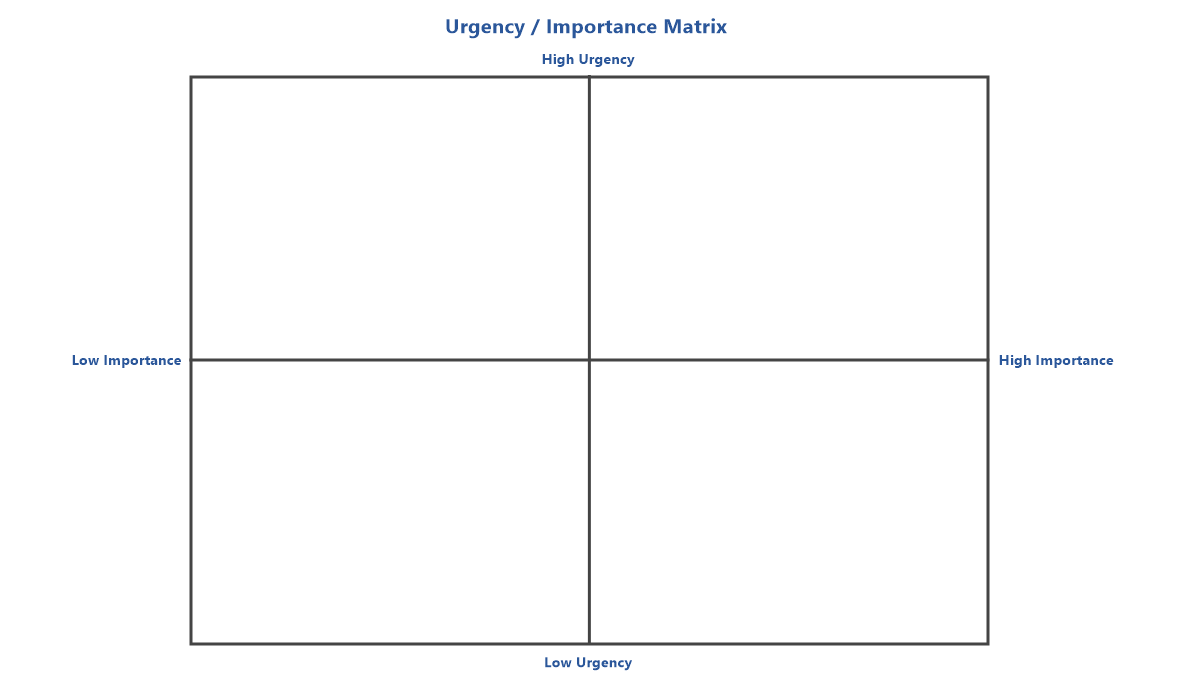
Matrix – Value-Effort
The value-effort matrix helps you assess activities based on the level of effort they require and the potential value they may create. When you use this matrix to choose activities intelligently, you can spend more of your time on higher-value activities and less time on low-value tasks.
The MindManager template is a basic four-quadrant diagram with axes labeled for effort and value.
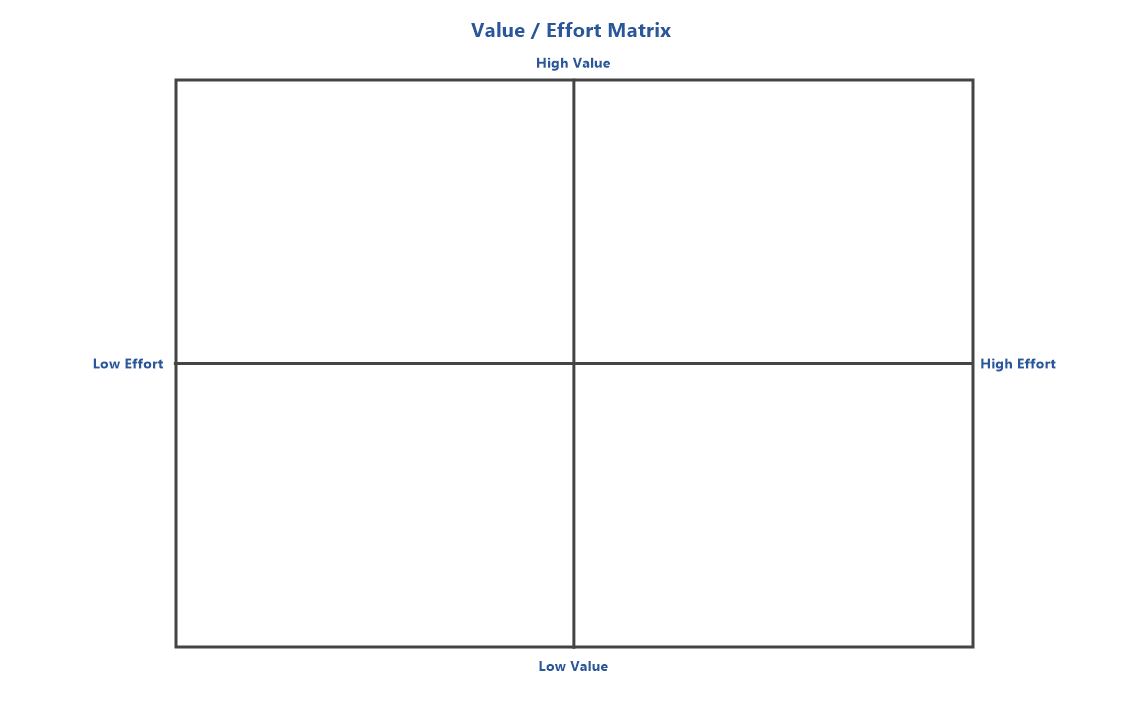
PEST Analysis
A PEST analysis is used as part of an external analysis when conducting strategic planning. It describes the macroeconomic factors that may be affecting a business: Political, economic, socio-cultural and technological. It can help you and your team understand your present business position, and the direction in which you ought to focus your efforts for best results.
The MindManager template is a right-facing mind map that lists the four elements of PEST, with factors nested within each of them that you can use as idea starters for your own PEST analysis.
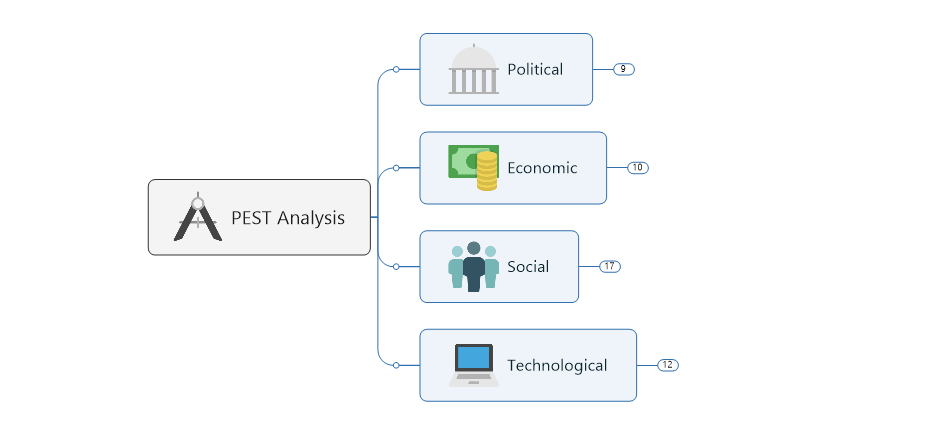
PESTLE Analysis
PESTLE analysis takes the four factors of the PEST analysis – political, economic, socio-cultural and technological – and adds two more: Legal and Environment. For best results, use these factors to ask yourself open-ended questions that will help you determine which factors you ought to be aware of, and which may drive change in your industry.
The MindManager template is a right-facing mind map that lists the six elements of PESTLE, with factors nested within each of them that you can use as idea starters for your own multi-faceted environmental analysis.
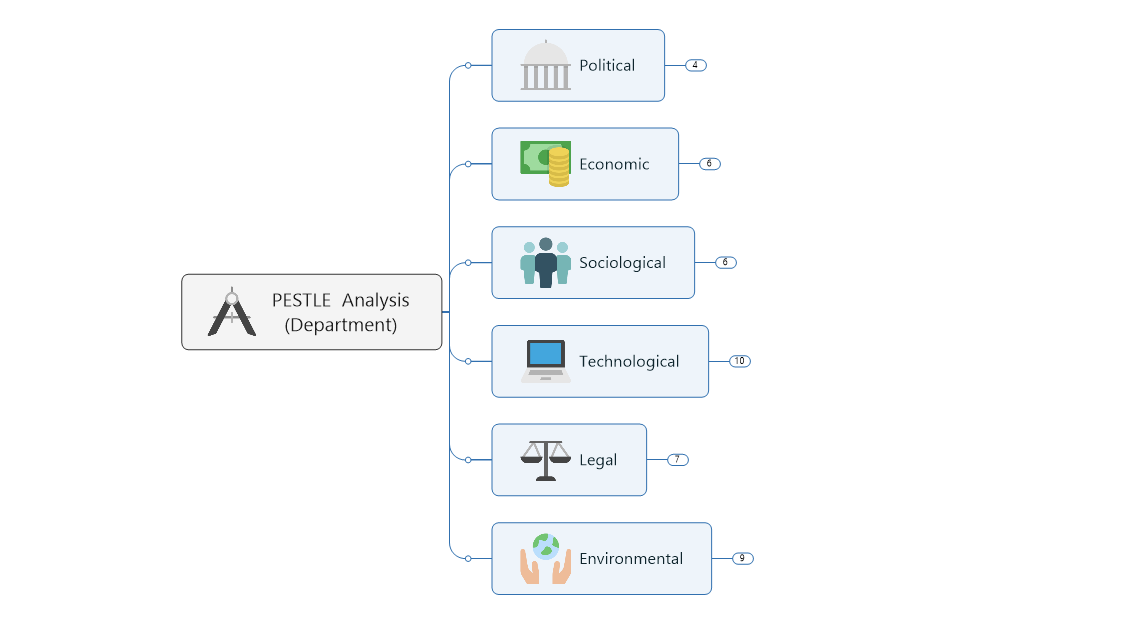
Strategic Planning
A strategic plan takes your analysis of the organization and its relationship to the environment in which it operates, and puts it into an actionable plan. It defines the organization’s direction and outlines how it will allocate its resources to pursue this strategy.
The MindManager map is a right-facing mind map, with five first-level topics: Preparation, where are we now, where are we going, how will we get there and how will we manage the plan? The first topic is an excellent consensus builder because it asks questions that we’re often afraid to address: Why is this important now? What happens if you do not plan?
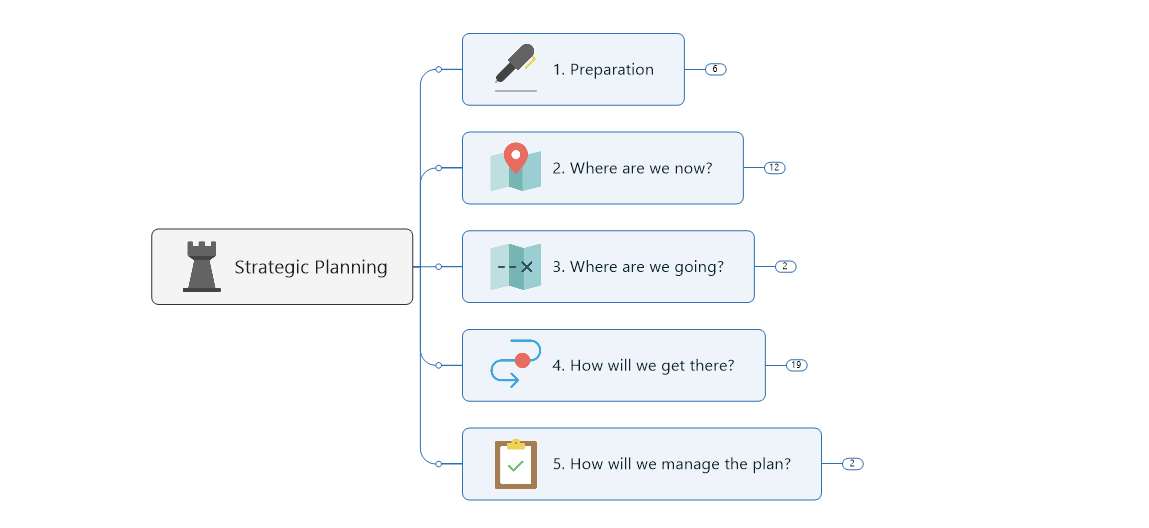
SWOT Analysis – Business Case
This final template takes the SWOT analysis form one step further, by posting keywords within each section that are specific to defining a business case. In contrast, the other SWOT template can be used in a variety of ways, including a personal career assessment and a marketing/competitive analysis. If you’re trying to take a snapshot of the strengths, weaknesses, opportunities and threats faced by your overall business, this is the template to use.
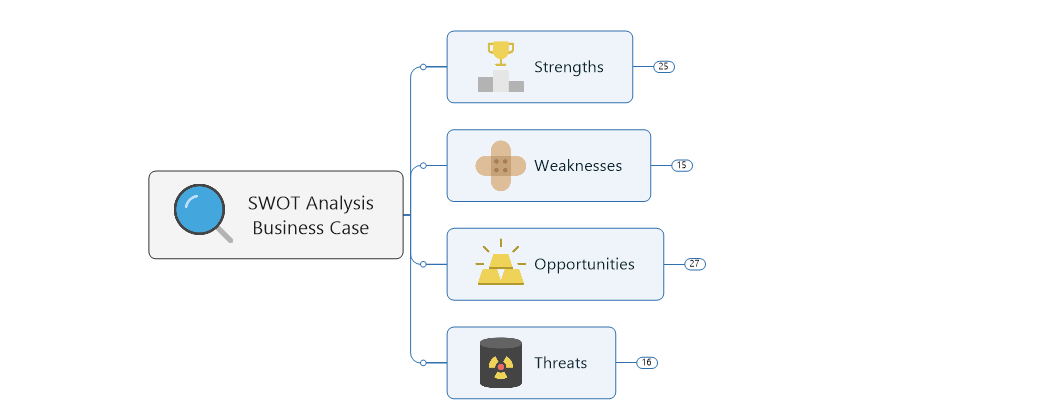
How will you use these tools?
How will you use MindManager 2018 to enhance your strategic planning efforts? My recommendation is to select one or two and get familiar with them. You’ll be glad you did!
Want to learn more about strategic planning with MindManager?
You’re in luck! Chuck Frey will be joining us for a live webinar on August 7th to further discuss the ins and outs of visual strategic planning. In it, he’ll provide expert tips on each stage of the strategic planning process, including:
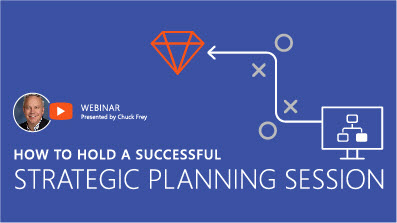
- Before: Tips for advance preparation to set you up for success
- During: Strategic models, tools and technology for a great experience
- After: Don’t drop the ball now! How to keep momentum and energy
Register for the webinar today, and join us to learn everything you need to run incredible strategy sessions, whether it’s your very first or your forty-first session!

